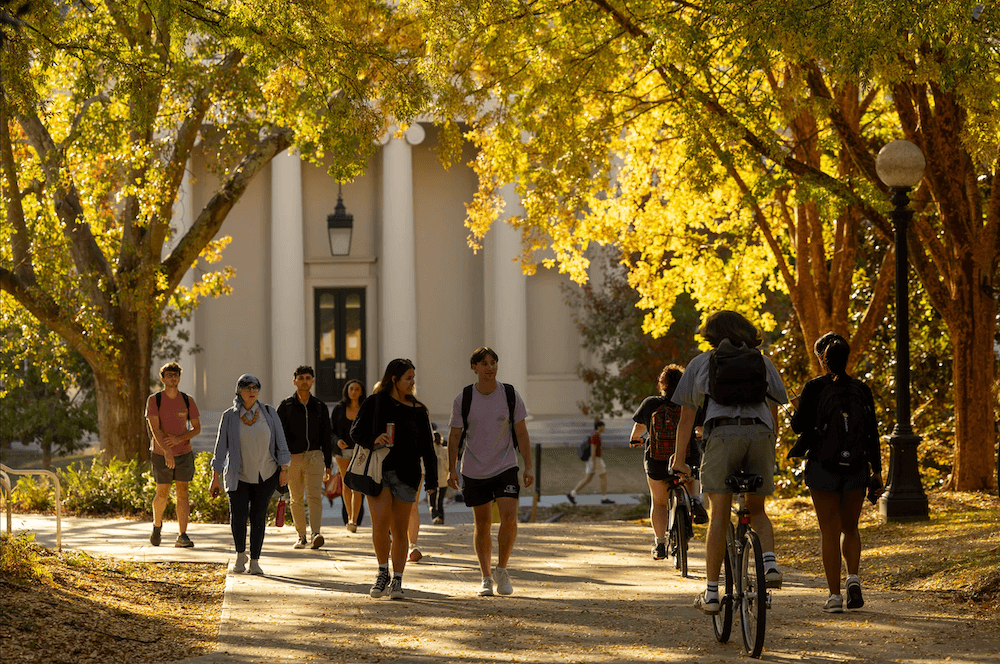By Stephanie Schupska
University of Georgia
Salad season isn’t over yet.
As fall takes hold, it’s the perfect time to plant winter vegetables such as lettuce, broccoli, cabbage, kale, spinach, onion and Brussels sprouts. And growing them doesn’t have to take an acre.
“At the State Botanical Garden of Georgia, the horticulture staff often grows vegetables in containers during the summer and winter,” said Amanda Tedrow, a University of Georgia Cooperative Extension agent in Clarke County. “It’s not just pretty. It’s functional.”
Container gardens don’t just take on an edible twist by adding vegetables.
“You can get some nice colors you wouldn’t normally see during the winter,” Tedrow said. “There have been so many changes in traditional vegetables. When you purchase vegetables to grow from seed, there’s a much better selection and variety than what you can find in the grocery store.”
For color variety, she suggests planting a selection such as purple broccoli or yellow cauliflower or cabbages and kales that can range from light green to reddish to almost black.
“Using interesting colors is a great way to attract children to vegetable gardening,” she said.
But container gardens, even if they hold vegetables, aren’t just about color. They’re also about providing texture. Tedrow said one easy way to do this is to use vegetables of various heights and sizes. Use lettuces or other greens such as Swiss chard, kale or collards to take advantage of their fluffy leaves. Use cabbage for its round heads, or use onions for their leaf shape and height.
“You can grow so many vegetables at this time of year,” Tedrow said. “And many of them have very attractive foliage.”
While she prefers growing her gardens from seed, Tedrow said a vegetable container garden can be as easy as putting little transplants you buy from the garden center into a large pot.
“You can buy little broccoli or cabbage transplants like you do tomato plants” at a local garden center, she said. “I actually bought a little nine-pack of broccoli at the store.”
When it comes to eating the vegetables, Tedrow says to grab a fork, but only after making sure that if you’ve put any pesticides on them, you’ve followed the directions for application and harvest times.
“If you’re keeping a container of vegetables by the back door, it’s easier to keep an eye on the pests,” she said.
With a container garden, she said, pesticides aren’t really necessary: “You can catch the problems early and pick off a few bugs or infected leaves.”
Whether you have a hankering for greens or have dressing for a salad, here are some tips to keep your contained vegetables alive and growing.
Potting soil: Container vegetable gardens need a fairly lightweight potting mix. You can either buy this at a garden center or mix it at home using one part peat moss, one part garden loam, one part sand and a slow-release fertilizer.
Planting: Plant container crops at the same time you’d normally plant a fall garden. Depending on where in Georgia you live, this can range from early August to late October.
Watering: Containers can dry out quickly, especially in full sun. Daily or even twice-daily watering may be needed.
General care: Keep an eye on your plants. Regularly inspect them for insects. Check to see if they need water. And if they’re ready to eat, go find that salad bowl.



